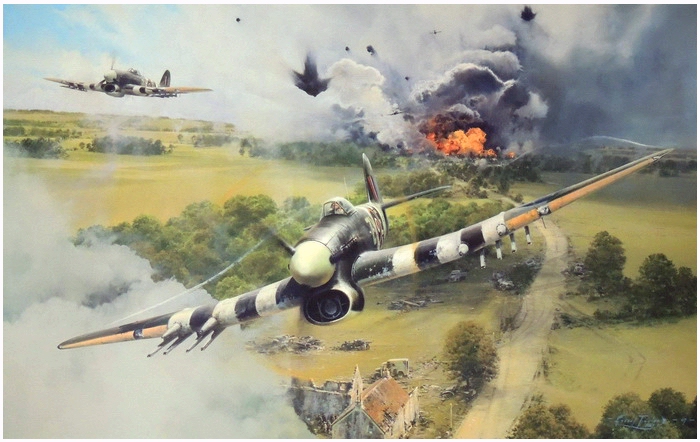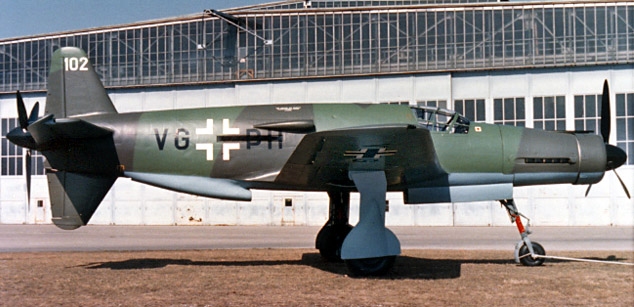- Reaction score
- 6,324
- Points
- 1,260
milnews.ca said:Also liking it because one in ten were built in my back yard.
The story of Elsie MacGill and her husband, Bill Soulsby, is however, instructive on the subject of military procurement. That MacGill was an excellent manager is beyond question. The Hurricane output of the CC&F plant at Fort William, now Thunder Bay, was nothing short of phenomenal, in both quality and quantity, and a lot of that was due to her organizational ability and engineering imagination. But her experience with Curtiss-Wright, with the Curtiss SB2C Helldiver shows what goes wrong when the Operational Requirement is not fixed before going to contract: the customer, the US Navy, never really knew what it wanted and so the aircraft was a failure, not even a brilliant engineering manager, which MacGill certainly was, could rescue it.. (MacGill and Soulsby worked together and were, reputedly, fired for having an (premarital?) affair (how quaint!) but it is just as likely that they were scapegoated for bad management in Washington.)




